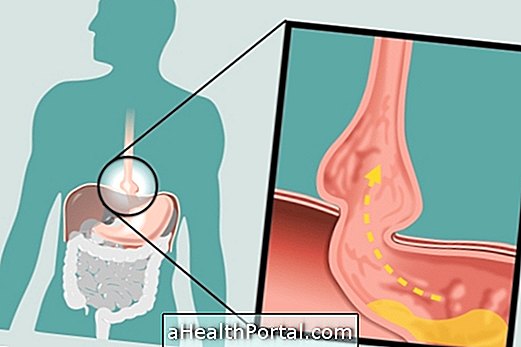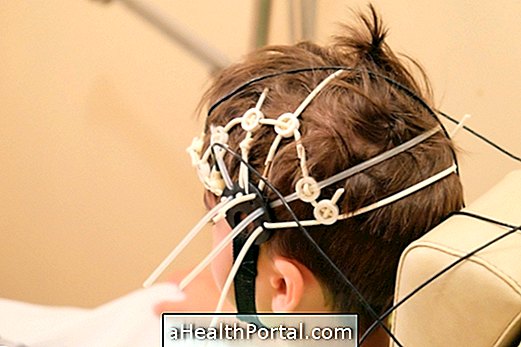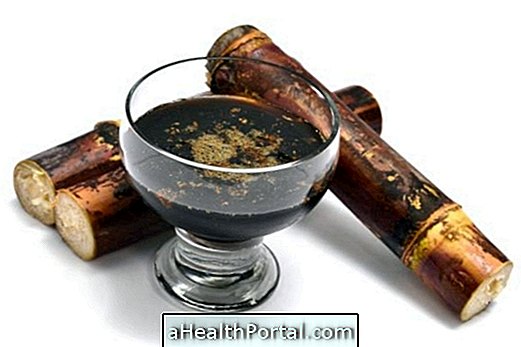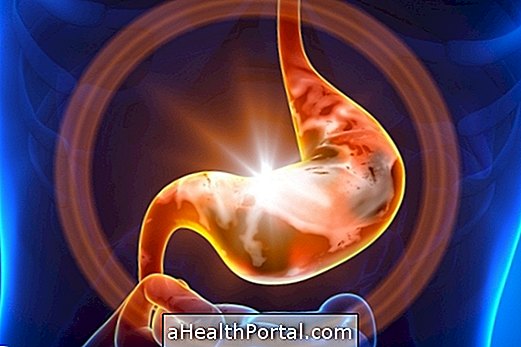Trigeminal neuralgia is a nervous disorder characterized by dysfunction of the trigeminal nerve, which is the nerve responsible for transporting sensitive information from the face to the brain, in addition to controlling the muscles involved in chewing. Therefore, this disorder is characterized by an intense pain, usually sudden, in the face, eyes, nose and jaw, for example.
Trigeminal neuralgia can occur due to blows to the head or face, decreased blood circulation in the area, surgery or use of medications, for example. The diagnosis is made by the neurologist through the evaluation of the symptoms described by the person, but it may also be indicated to perform complementary tests, such as MRI, for example to check for any more serious condition responsible for trigeminal neuralgia, such as a tumor, for example.
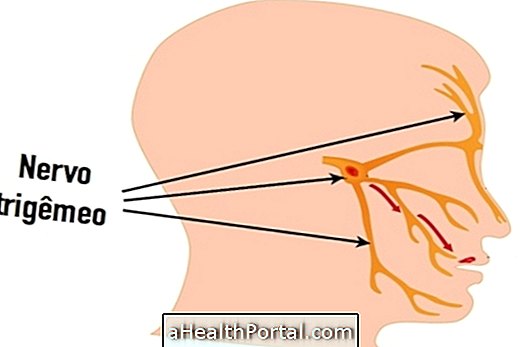
Main symptoms
The symptoms of trigeminal neuralgia are triggered by any movement that promotes nerve compression, such as brushing teeth or chewing. The symptoms are related to where the nerve was compressed, mainly:
- Pain in the lips, gums, cheeks, chin and difficulty chewing;
- Pain in the eyes and forehead;
- Sensation of heat in the path of the nerve;
- Tingling in the affected region.
The pain is usually sudden, lasting between seconds and hours, appears as if it were a shock, and quite intense, being able to be located in only one region or spread through the face. When pain crises occur several times a day, they can be quite uncomfortable for the person and are advised to seek guidance from the neurologist.
How is the treatment done?
The treatment of trigeminal neuralgia is aimed at relieving the symptoms and should be indicated by the neurologist, with the initial treatment usually recommended:
- Analgesic remedies, such as Paracetamol or Dipirone;
- Anticonvulsive medicines, such as Carbamazepine, Gabapentin, or Valproate;
- Muscle relaxants, such as Baclofen or Clonazepam;
- Antidepressant medications such as Amitriptyline or Nortriptyline;
Trigeminal neuralgia is a disease that causes severe pain similar to electrical shock in the face, and the drug treatment is usually performed to control the irritation of the nerve, decreasing the symptoms.
Physiotherapeutic treatment of trigeminal neuralgia can be done by electrostimulation, where small electric shocks are released into the face to control nerve sensitivity and pain. Learn more about electrotherapy.
Natural Treatment
The natural treatment of trigeminal neuralgia can be done by placing a towel dipped in warm water and bitter salt on the back of the neck, reducing inflammation of the nerve.
Another home treatment option for trigeminal neuralgia is the application of cayenne pepper mixed with olive oil or unscented facial cream in the affected region. Get to know another home remedy for neuralgia.
Surgical treatment
The surgical treatment of trigeminal neuralgia is done when the treatment with drugs does not show results or when the pain is very intense. In this way, the surgical treatment can be performed in 3 ways:
- Injection of alcohol, called glycerol, into the branches of the trigeminal nerve in the face to block nerve function;
- Termocoagulation with radiofrequency, which burns the trigeminal nerve, provoking analgesia in the face;
- Surgery to remove a tumor or vessel that causes pressure on the trigeminal nerve.
Another technique is the balloon for treatment of trigeminal neuralgia that is inflated for about 1 minute at the root of the nerve, interrupting the blood circulation and causing the nerve to stop hurting.




